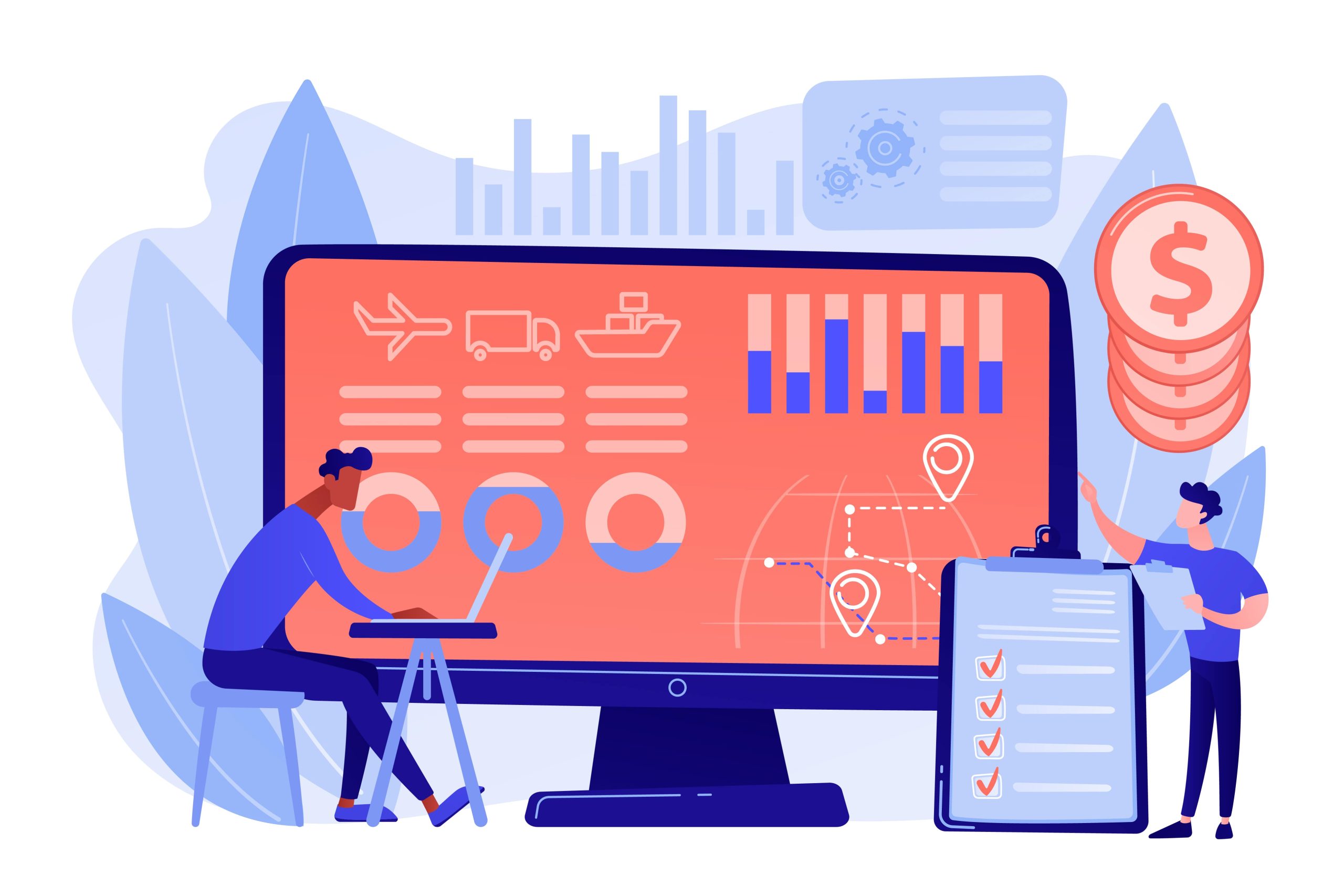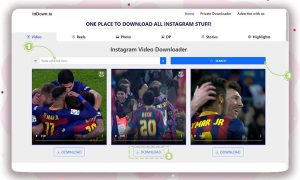5 Can’t-Miss Strategies for Increasing Demand

If your marketing efforts do not directly result in increased demand for your product or service, then you’re wasting your time. You’re probably wasting your money too. And if you’ve tried every demand stimulation trick in the book with very little or no results, stick around because you’re exactly where you need to be!
Businesses use demand-generation strategies to build awareness and interest among their target audiences. At every buyer journey stage, sales and marketing teams use it to create demand. Develop a demand strategy that works, and your sales and marketing teams will work together. Let’s look at five can’t-miss strategies for increasing demand.
1. Take a customer-first approach to word-of-mouth marketing
You can never underestimate the power of happy customers as a marketing asset. And study after study shows that word-of-mouth recommendations from friends, family, and colleagues are the most influential factor across industries and brands.
Word-of-mouth does, of course, depend solely on your customer’s opinion of you. That means your service, products, and customer relations must be on point. Let’s look at a couple of things to help you achieve this.
- Promote customer sharing of content, promotions, and purchases
- Sharing customer success stories, shout-outs, and positive reviews
- You can keep the conversation going by monitoring your mentions and responding proactively to people who talk about you on social media.
2. To find buyers in the market, use intent data
Using buyer intent data will help you find buyers for your products. You have already developed ways to ensure that you can reach your customers at the right time through blog posts, landing pages, and ads.
Analyzing intent data can give a detailed understanding of buyers who are actively looking to buy. Concentrate on in-market, ready-to-buy accounts to avoid the pitfalls of inventing demand.
Now is the time to take advantage of it more than ever. Buyers used to introduce themselves at niche trade shows they regularly attended. In today’s world, this part of the buyer journey takes place online.
Your team can focus on the in-market leads, ready for conversations to help them make a purchase decision with your team based on intent data.
3. Generate high-quality content regularly
In terms of brands, what do customers spend most of their time doing? The decision is based on research, engagement with content, and internal discussion. Much less time is spent on contacting the seller directly. For this reason, your brand must have a marketing strategy to educate and inform potential customers.
During the buying process, buyers are most likely to engage with the following content formats:
- Video
- Blogs
- Webinars
- Case Studies
- eBooks
The stage of the funnel is also essential here, as this will determine the type of content you should be producing.
- Utilize informational blog posts and videos to build awareness and target top-of-funnel queries.
- White papers and eBooks can educate middle-of-the-funnel buyers.
- Personalized webinars, case studies, and content targeted at high-intent keywords are all ways to nurture bottom-of-funnel leads to a buying position.
Start developing your potential client’s information in the format that will work best for them.
4. Ensure that only qualified leads receive retargeting ads
You can also use social ads with your digital demand strategy, even though they are usually associated with lead generation.
In particular, retargeting ads let you win over people who have already shown interest in your product. This is more than half the battle won because you’re directly communicating with an audience already interested in your product.
When it comes to retargeted ads, they can be designed to serve only people who have viewed your website or added an item to their shopping cart, as opposed to untargeted ads that consumers ignore. You can achieve faster conversions by taking this approach instead of being aggressive or “sales-y” in your ads.
5. Increase engagement with syndicated content
A content syndication campaign aims to get your content in front of the right audience. Content syndication campaigns should include the following:
- Contacting decision-makers with targeted outreach
- Paid advertising for relevant content promotion
- To increase reach, distribution platforms can be leveraged
- Content syndication
You can start a conversation with key decision-makers if you send them to content they’ll find interesting. It’s essential to provide value to them upfront before you start working together. By increasing your return on investment in your content creation efforts, you’ll ensure your efforts increase demand for your products/services.
In closing, remember that increasing demand should be as natural as possible. Refrain from forcing cheesy, generic content or cold-call customers and drive them away. Your content should first speak for itself and do most of the work. Then, you must ensure that your customers have a platform to express themselves and encourage them at all times.































































